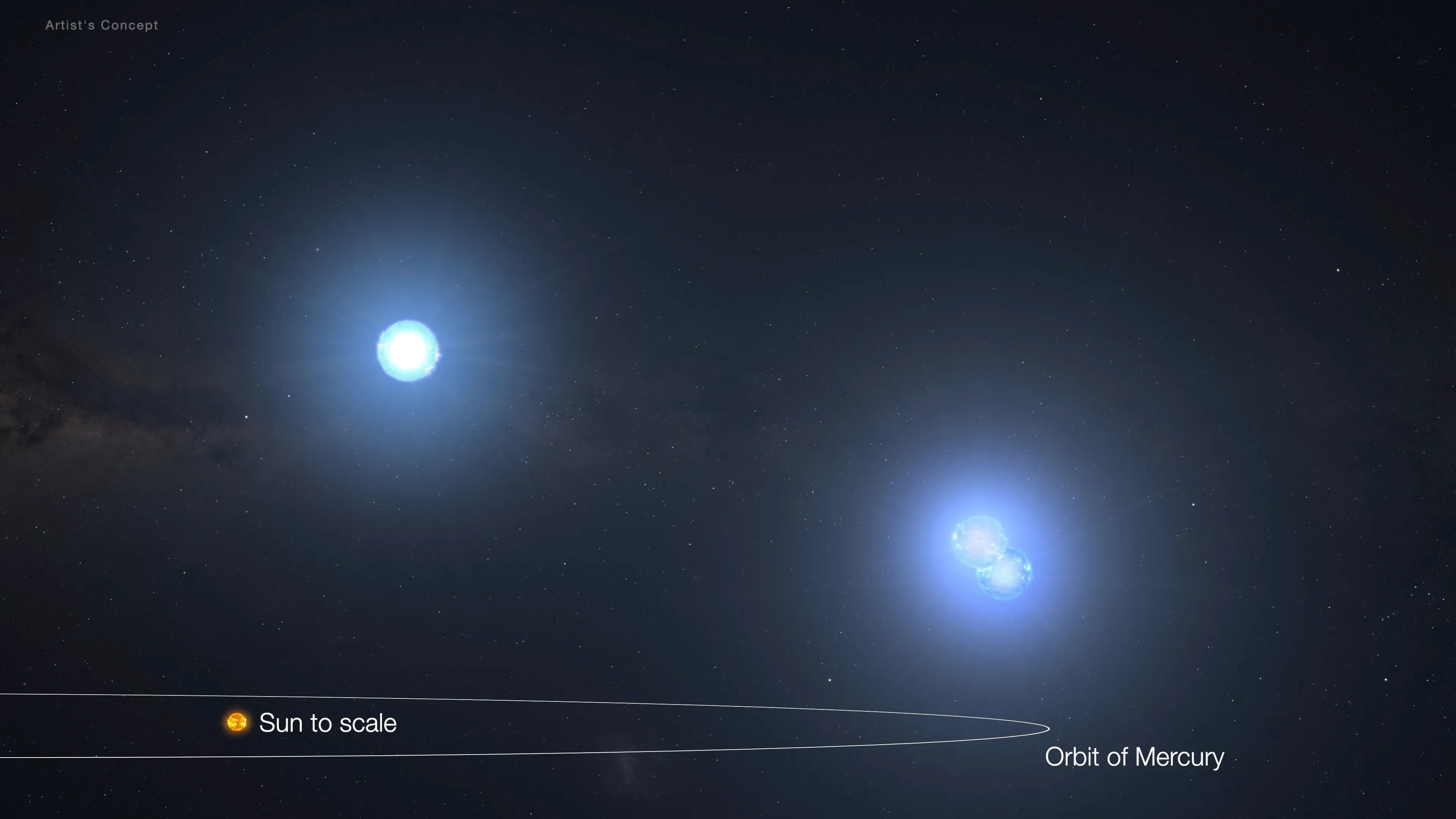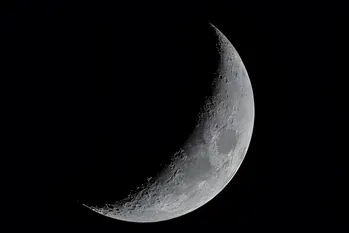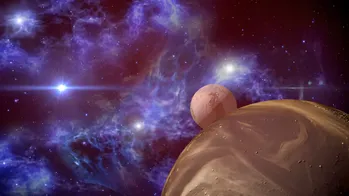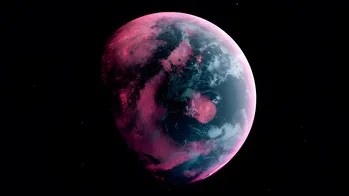Astronomers have discovered a unique triple star system, TIC 290061484, using NASA's TESS (Transiting Exoplanet Survey Satellite). The system consists of a pair of binary stars that orbit each other every 1.8 days, and a third star that orbits the pair in just 25 days.
This discovery is a significant step forward in understanding stellar systems and their behavior. The TIC 290061484 system presents a nearly flat configuration from our perspective, meaning the stars cross each other directly in front of each other or eclipse each other during their orbit.
Using machine learning, scientists filtered TESS data on stellar light to identify patterns that reveal eclipses. A small group of citizen scientists then filtered the data further, relying on years of experience to find particularly interesting cases.
These amateur astronomers, who are co-authors of the new study, met as participants in an online citizen science project called Planet Hunters, which ran from 2010 to 2013. Later, volunteers joined forces with professional astronomers to create a new collaboration called the Visual Survey Group, which has been active for over a decade.
An illustration of the stars in the TIC 290061484 system, rotating around each other. If they were placed in the center of our solar system, all the orbits of the stars would be contained within a space smaller than the orbit of Mercury around the Sun. Source: NASA’s Goddard Space Flight Center
"We primarily look for signs of compact multi-star systems, unusual pulsating stars in binary systems, and unusual objects. Identifying such a system is exciting because they are rare, but they may be more common than current counts suggest," said Sol Rappaport, a distinguished professor of physics at the Massachusetts Institute of Technology in Cambridge.
Partly because the stars in the new system rotate almost in the same plane, scientists say it is likely very stable despite its dense configuration. The gravity of each star doesn't significantly disturb the others, as it could have been if their orbits were tilted in different directions.
However, although their orbits are likely to remain stable for millions of years, "there is no life here. We think the stars formed together as a result of the same process that disrupted the formation of planets in the immediate vicinity of any of the stars," said Rappaport. An exception could be a distant planet orbiting three stars, as if they were one.
As the stars age, they will expand and eventually merge, leading to a supernova explosion in about 20-40 million years.
Meanwhile, astronomers are hunting for triple stars with even shorter orbital periods. This is difficult to do with current technology, but the new instrument is already on the way. Images from the upcoming NASA Nancy Grace Roman Space Telescope will be much more detailed than TESS images. The same area of the sky covered by one TESS pixel will fit more than 36,000 pixels in Roman. While TESS has looked broadly and superficially at the entire sky, Roman will penetrate deep into the depths of our galaxy.
"Before astronomers discovered triple star systems, we didn't expect them to be there. But once we found them, we thought: why not? "Roman" could also open up previously unseen categories of systems and objects that will surprise astronomers," said Tamás Borbóczi, senior scientific staff member at the Báthory Seged University Observatory in Hungary.





